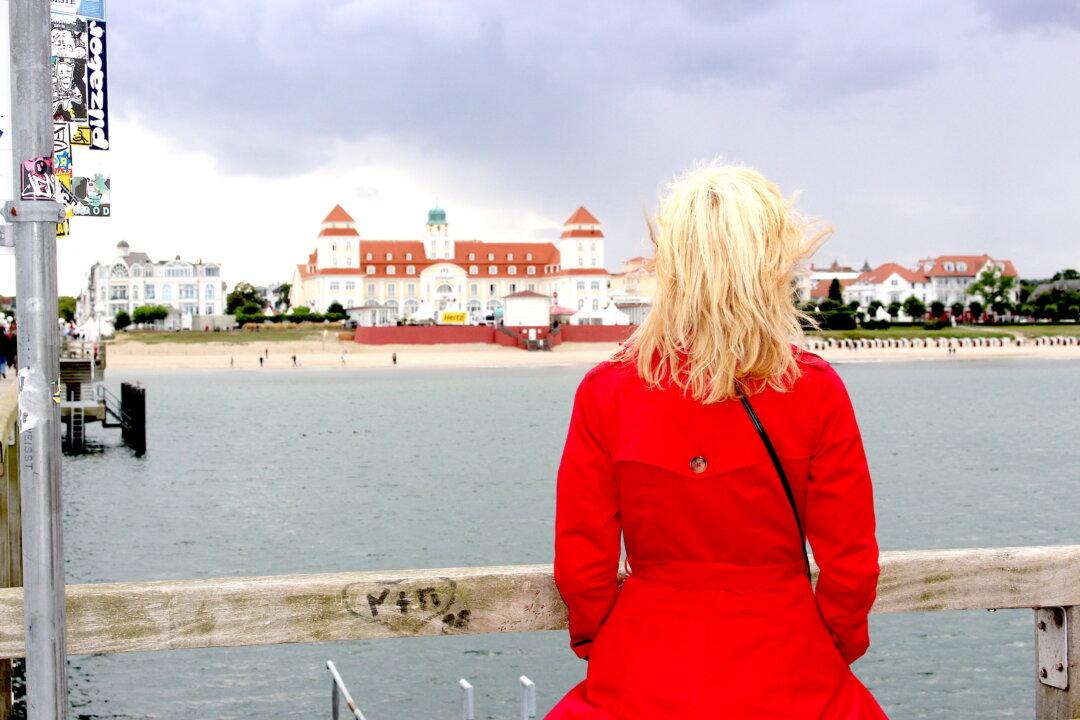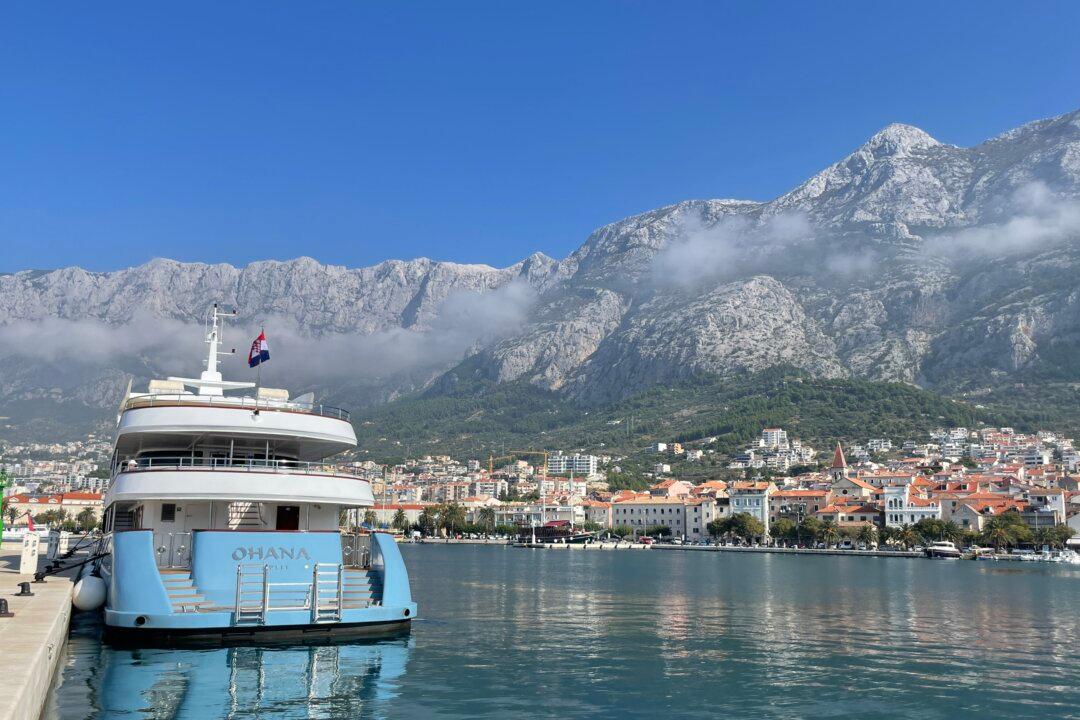I’m glued to the window as our train journeys across the Hindenburg Dam, a narrow rail causeway between mainland Germany and the tiny island of Sylt. Reachable by air and ferry from Denmark, this train is the only other lifeline to the island. Each day, it carries passengers, cars, and cargo across miles of marshland to Sylt.
Out my window is a part of Germany that few foreign visitors see. At first glance, the island doesn’t look like typical Germany at all. Located in the North Sea, Sylt’s wind-swept beaches and wild dunes remind me of the English coastline.





